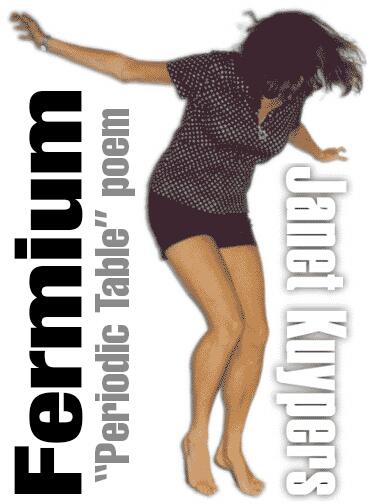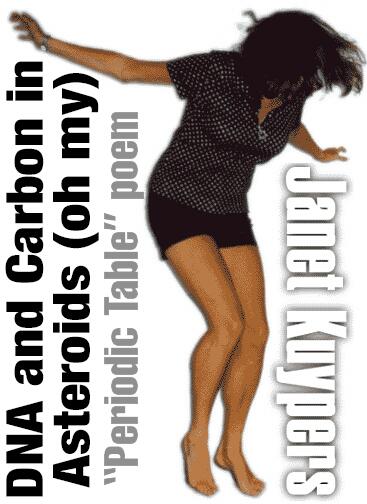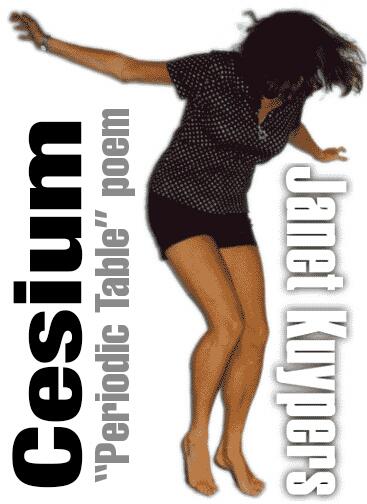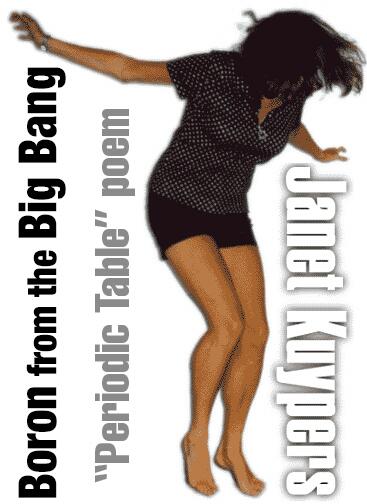Alumium? Aluminium? Aluminum?
Janet Kuypers
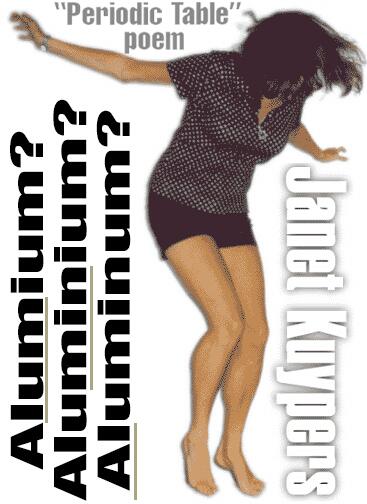
bonus poem from the “Periodic Table of Poetry” series (#13, Al)
7/20/13
So back in the day,
this is how researchers
conducted science
when working with things
they didn’t know…
So when a Denmark man
in eighteen twenty-five
discovered element thirteen,
(and wanting to know
everything about it),
he tasted the element.
Thinking it was bitter
(and made his mouth
tighten like he ate alum),
he posed the name
for element thirteen
to be Alumium.
But I think the scientists
that formed the
element-naming community
didn’t like that name,
so the called the element
“Alumunium”.
But the element’s name
is Aluminum,
Aluminium is a British thing,
so why is it known
in the states
as Aluminum?
Well, I heard a man
explain that he heard
(now I don’t know
if this is true,
but hear me out)
he heard that in the states
when a company
(wait, it might have been
the Aluminum Company
of America, ALCOA,
but I’m not sure)
when it was starting,
it filed it’s name
to the federal government,
and when meaning to write
“the Aluminium
Company of America,”
they forgot
the letter “i”,
so their name became
the Aluminum Company
of America.
And, well, it stuck,
not only to the company,
but also to the science
community in America,
and because someone
forgot to write
the letter “i”
for registering
a company name,
all American-speaking countries
now say “Aluminum”
instead of “aluminium”.
So from tasting like alum
to mis-spelling a word,
Alumium, I mean,
Aluminuium, or
rather, Aluminum,
now has quite a list
of aliases…

